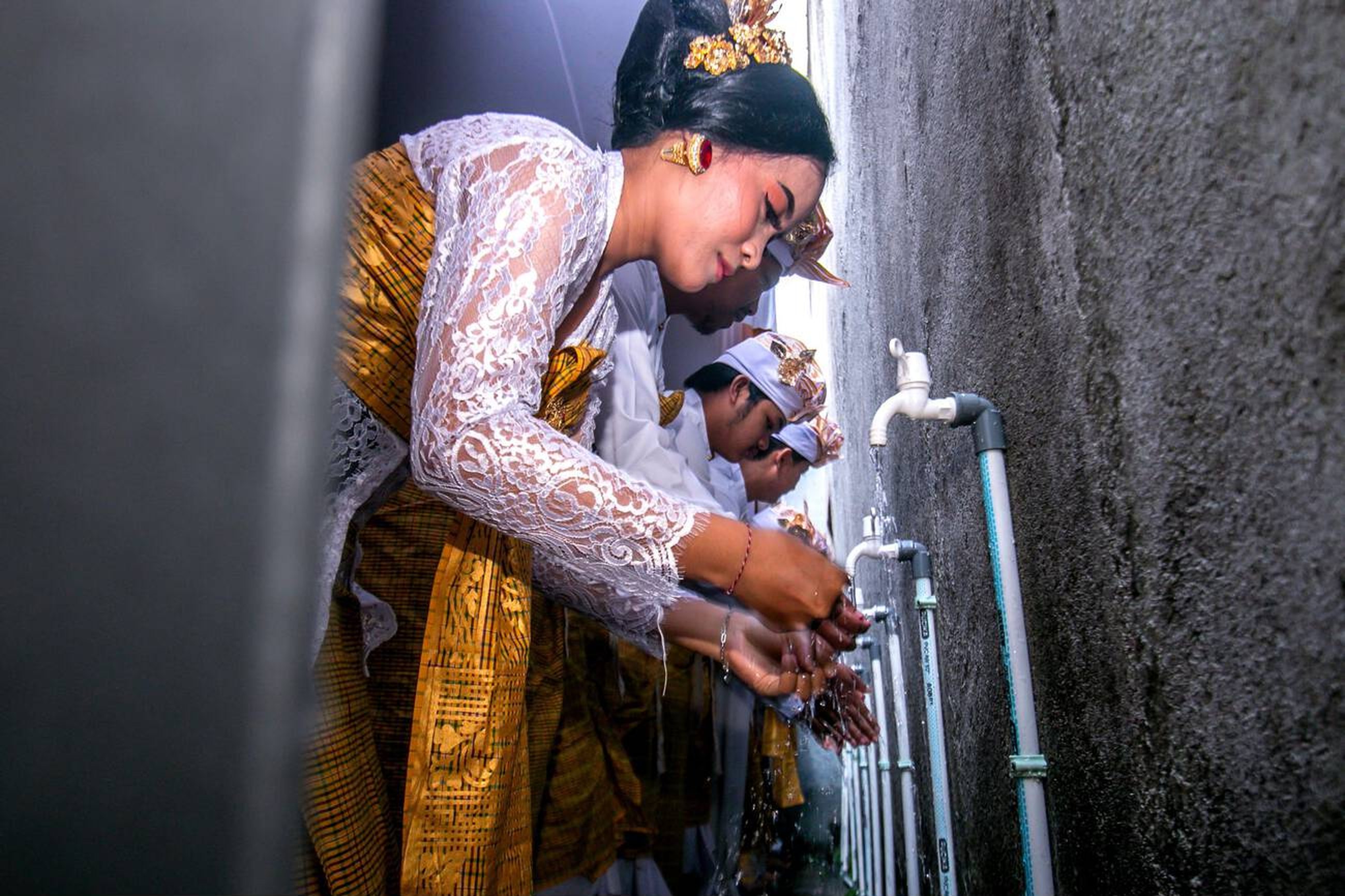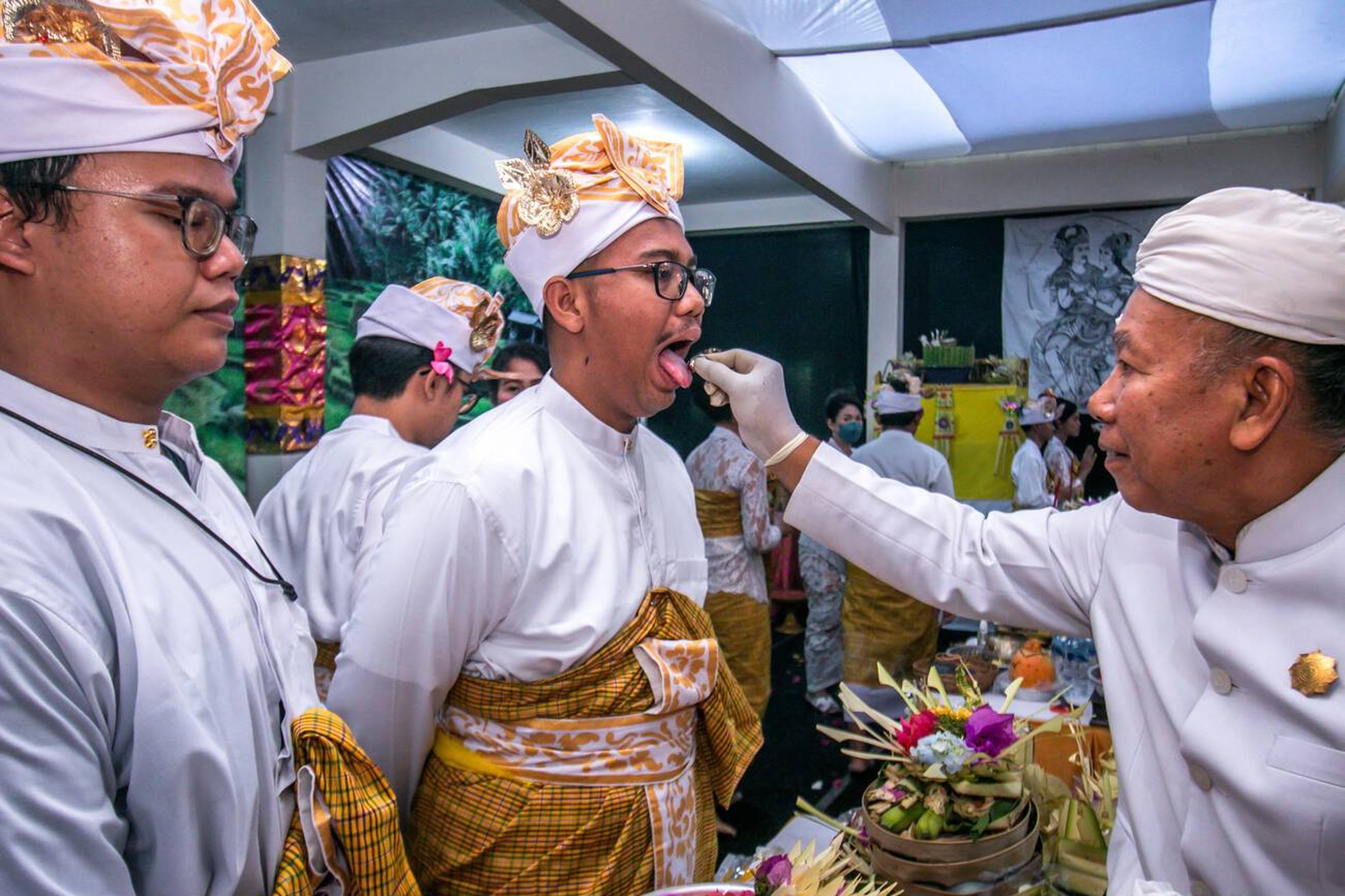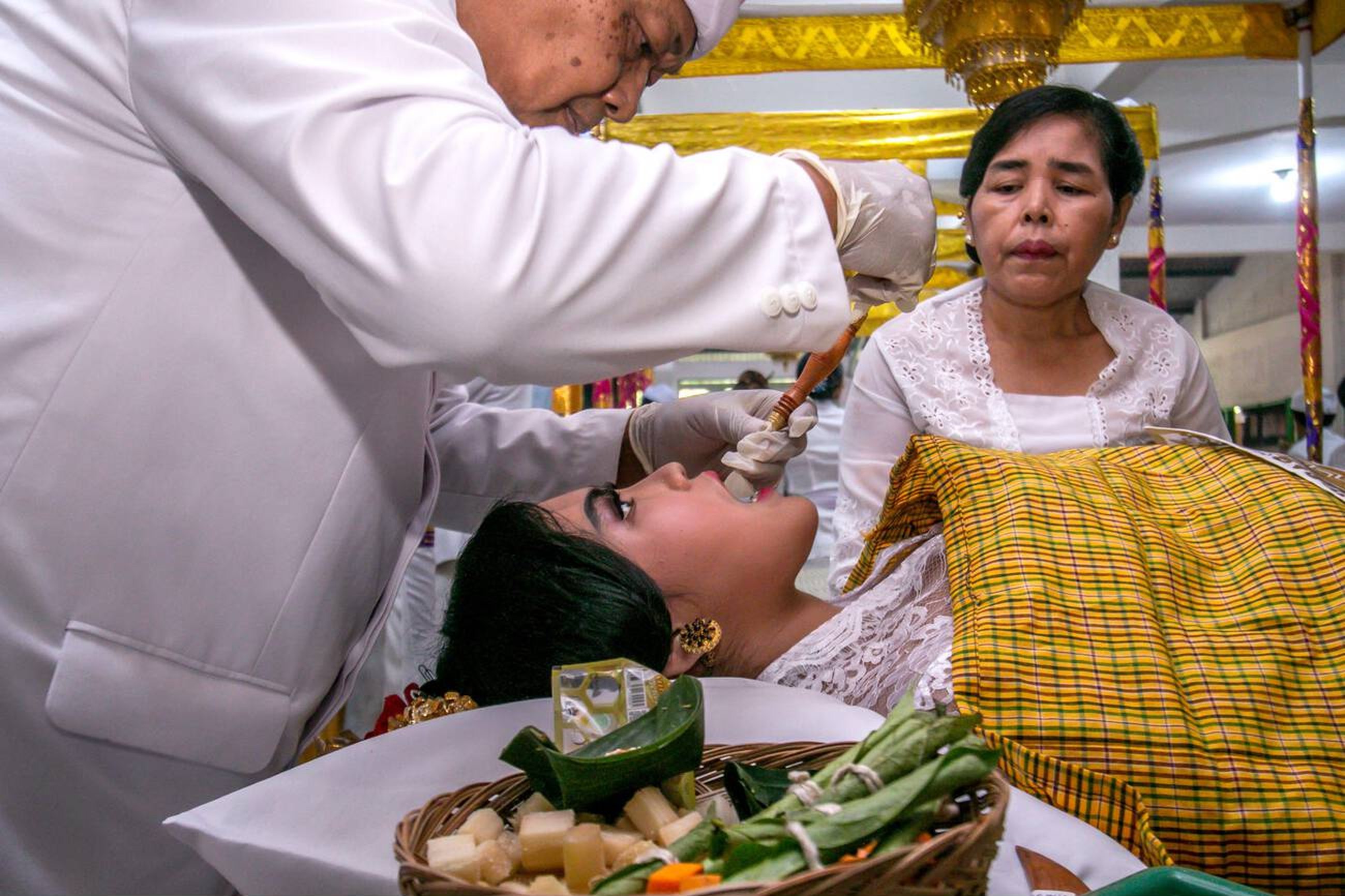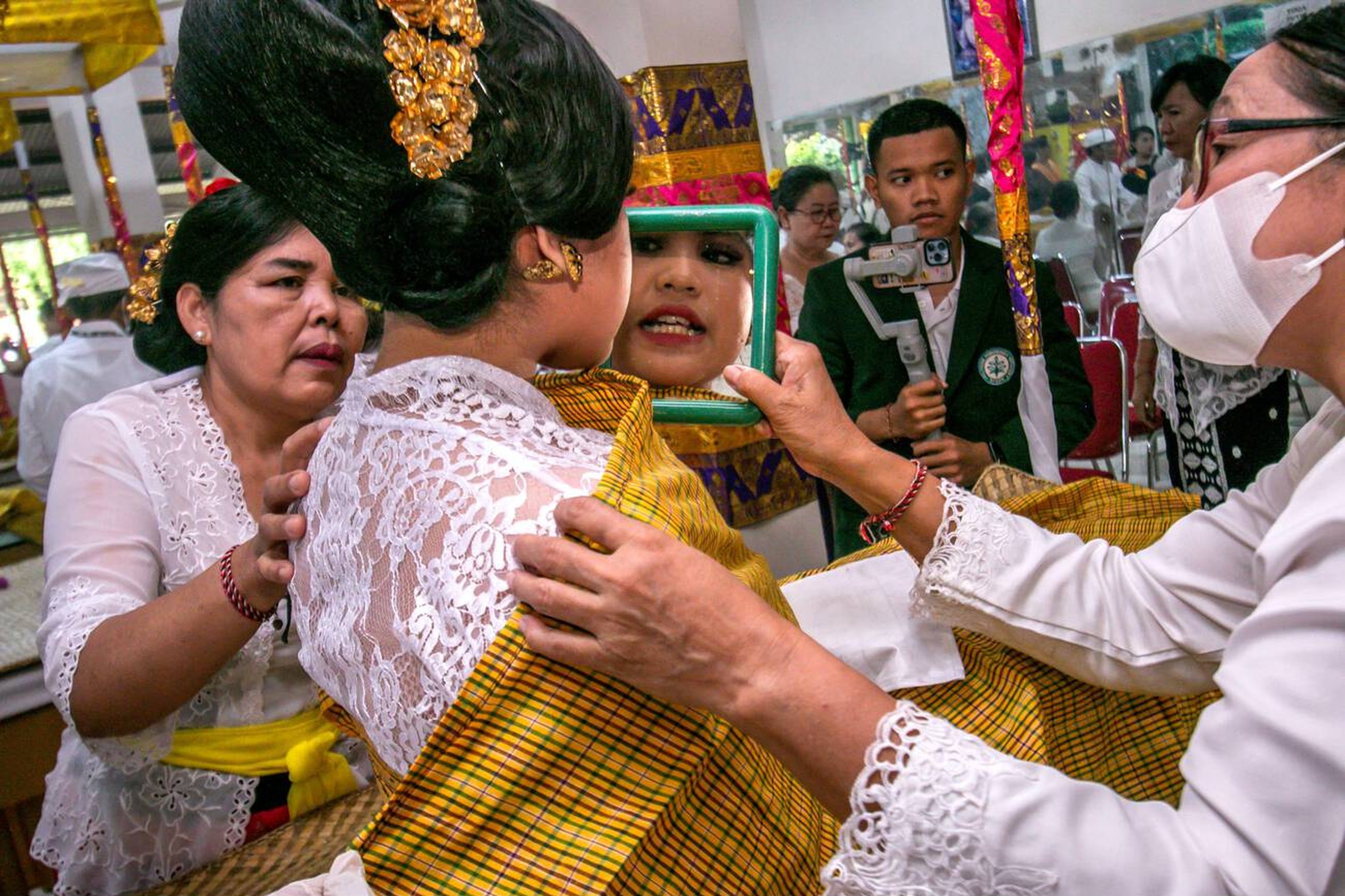Also known as the Balinese tooth filing ceremony, Metatah is a deeply rooted cultural ritual symbolizing the transition from childhood to adulthood. This essential rite of passage marks the entry into maturity for every Balinese individual. Held with grandeur and intricate traditions, Metatah ceremony serves not only religious and spiritual purposes but also social and aesthetic ones. Let's explore the profound meanings, traditions, and steps that make this ancient ritual so vital to Balinese life.
Understanding Metatah: The Unique Balinese Rite of Becoming

Adulthood and Responsibility
The Metatah ceremony marks a Balinese teenager's transition into adulthood. After the ceremony, they are recognized as full adults who can engage in marriage, manage property, and assume household responsibilities. The ritual is traditionally performed between the ages of 6 and 18, aligning with significant physical changes—such as a girl’s first menstruation or a boy’s voice deepening. For those who miss this age window, the ritual is often conducted before marriage or even after death.
Aesthetic and Transcendental Value
Tooth filing is also associated with aesthetic ideals in Balinese culture. Sharp canine teeth are considered unattractive and are believed to have animalistic traits that may hinder a person’s spiritual journey to heaven. By smoothing the teeth, the ritual aligns with the cultural standard of beauty and helps cleanse the soul of animalistic attributes, allowing a person to meet their ancestors and enter heaven without barriers.

Preparations and Procedure
Planning a Metatah ceremony is a significant endeavor that involves consultation with religious leaders, decorating the family home with traditional ornaments, and sometimes organizing large family gatherings. The person undergoing the ritual is dressed in exquisite traditional attire, and offerings are prepared. During the ritual, which takes place on a special bamboo platform, a priest files down the tips of the upper front teeth while chanting mantras and using holy water. The ritual ends with a symbolic tasting of six different flavors—sweet, bitter, sour, salty, spicy, and astringent—representing the full range of life’s experiences.

Cultural Roots and Historical Context
The origins of the Metatah ceremony are believed to date back to ancient Balinese kings, with some stories suggesting it was influenced by marriages between Balinese royals and Chinese nobles. Despite its long history, the practice remains a vital aspect of Balinese Hindu culture, celebrated with the same fervor and significance today as it was centuries ago.
Refining Traits
In Hindu Balinese culture, the Metatah ceremony is essential to control the “Sad Ripu” or the six enemies of the human soul—lust, greed, anger, intoxication, confusion, and jealousy. The ritual symbolically helps individuals overcome these negative traits, aligning them more closely with spiritual and social norms. It is believed that those who undergo this ritual become more refined and spiritually purified.

Modern Adaptations
Though deeply rooted in tradition, the Metatah ceremony has adapted to modern times. Some families now opt for collective ceremonies to share costs, while others might perform the ritual with simplified procedures. However, the core elements remain intact, preserving the ritual's significance and authenticity.
Post-Ceremony Practices
Following the tooth filing, the person is typically isolated for three days, consuming only simple foods with various tastes. This period allows for reflection and adjustment to the new status as an adult. The coconut shell used during the ritual is often discarded in a river or ocean, symbolizing the release of impurities.

Social Implications and Community Support
Metatah is not just a family affair; it is a community event. The ritual often involves extended family, friends, and community members, who gather to witness and celebrate this significant moment. For those with limited means, the community or local government may provide support, ensuring that every Balinese Hindu has the opportunity to fulfill this vital rite of passage.
Symbolism and Deeper Meanings
At its core, Metatah symbolizes a significant transformation—both physical and spiritual. It represents the refinement of character, the removal of evil traits, and the cultivation of virtues that align with Balinese Hindu beliefs. The ritual is a crucial step in the journey from one life stage to the next, fostering a sense of belonging and continuity within the Balinese community.
Until this very day, amidst all the modern-life progression, Metatah Ceremony remains an unmissable and essential tradition in Balinese life. It is not just about filing teeth; it is about shaping character, preserving heritage, and celebrating the passage to adulthood in the most sacred way.




 Billy Bagus
Billy Bagus
 Sep 12, 2024
Sep 12, 2024






